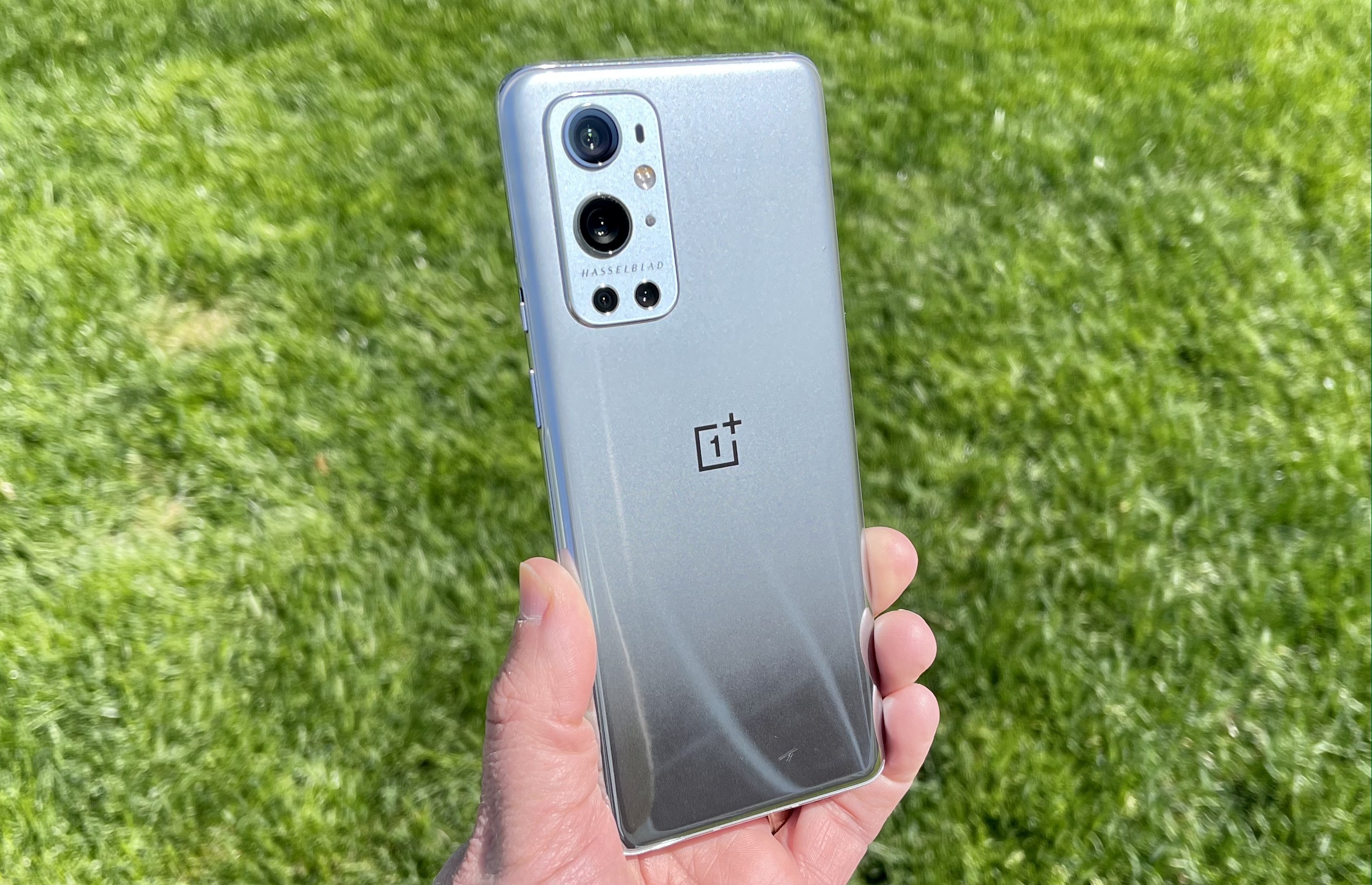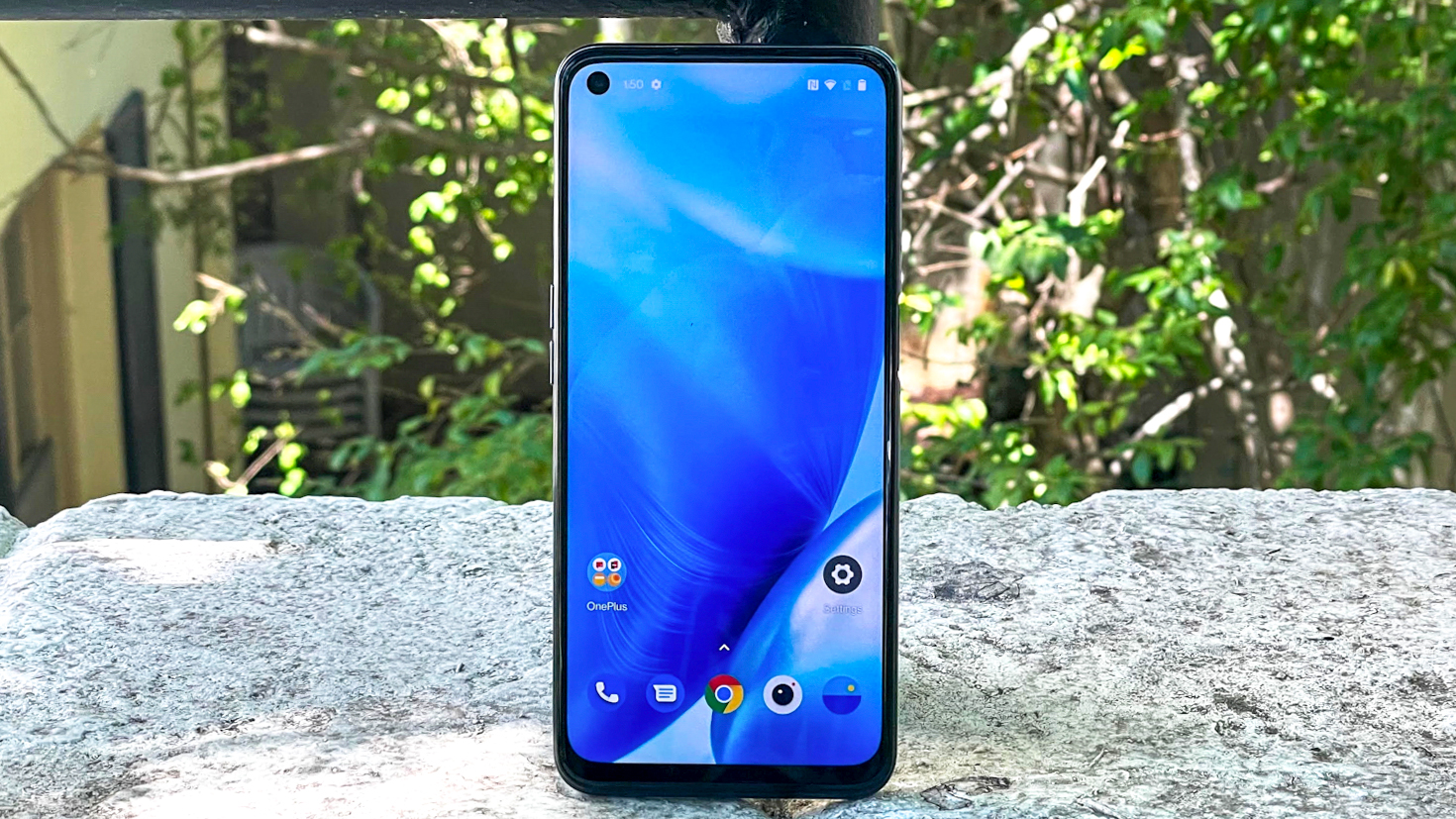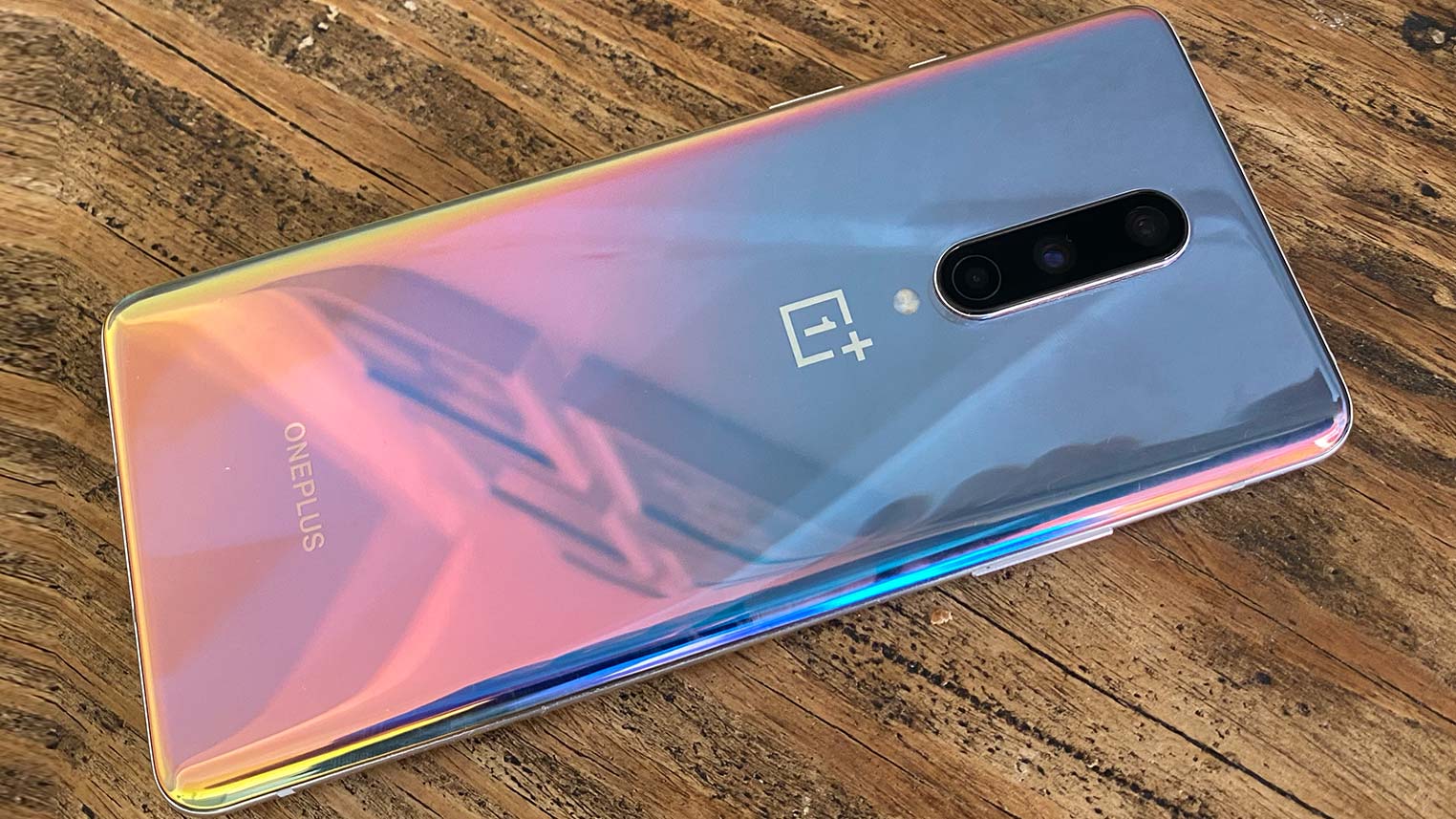OnePlus phones now look like a mess — here’s why
From canceled products to a convoluted portfolio, OnePlus seems like it's lost its way

Long-time Android fans will probably remember the heyday of OnePlus. Back in 2014, the company launched what it called the "flagship killer," undercutting competitors while offering a powerful device. Sure, the OnePlus One had notable faults, but it was a fun phone to own — and I loved the rough sandstone back.
But starting with the OnePlus 7 series, we've seen the Chinese phone maker expand beyond its roots. While the OnePlus 5 and 6 series were excellent phones, they still had plenty of compromises to keep the price low. With the OnePlus 7 Pro, OnePlus uncorked the keg and went ham.
- The best Android phones: Where does the OnePlus 9 Pro rank?
- OnePlus 9 Pro vs. Galaxy S21 Ultra
- Plus: OnePlus Buds Pro to challenge AirPods Pro with ANC and Warp Charge
While imperfect, the OnePlus 7 Pro had a lot of things going for it. The T series version later that year helped cement that. Then came the OnePlus 8 Pro last year and we could finally recommend a OnePlus phone with little to no caveats. That's before we get to the OnePlus 9 Pro from this year, which is all around one of the best Android phones ever made, going toe-to-toe with the Galaxy S21 Ultra.
If the phones are so great, what's the problem then? Let's take a step back and look at what OnePlus has become in the last three years.
OnePlus then and now

In 2020 alone, OnePlus launched six phones: the OnePlus 8, OnePlus 8 Pro, OnePlus 8T, Nord, Nord N10 5G, and Nord N100. We never saw the original Nord in the US, which looked like a return to OnePlus' roots. I'm still bummed about that.
Where before there were two phones a year from OnePlus, now there were six (only five of which were available in the US) — with the regular OnePlus 8 being lackluster at best. The Nord family was the company's attempt at creating a budget-friendly line, using eerily familiar designs reminiscent of its sister company Oppo.
And seven months into 2021, we have the OnePlus 9R (India only), OnePlus 9, OnePlus 9 Pro, Nord CE, and Nord N200 5G, with the upcoming Nord 2 and OnePlus 9T sure to follow. That's a downright mess, with OnePlus seemingly chasing its dream of becoming the next Samsung (which has its own problems with a messy device portfolio).
Sign up to get the BEST of Tom's Guide direct to your inbox.
Get instant access to breaking news, the hottest reviews, great deals and helpful tips.
OnePlus cancelation and controversy
Coming back to the OnePlus 9 Pro, there was supposed to be a base 128GB/8GB model that would cost $969. This meant OnePlus could say that its new high-end phone technically cost less than $1,000.
But that model never materialized and now the company confirmed to Android Police that the base OnePlus 9 Pro isn't coming to the US. OnePlus blames supply constraints, but such problems should have presented themselves well before the OnePlus 9 Pro was announced. It's been more than three months since the announcement.
OnePlus is no stranger to controversy, having just been caught throttling apps in the name of battery life. In past years, it performed a series of marketing blunders. Granted, the company has matured a lot since then, but those things are hard to forget.
At least, from all appearances, OnePlus continues to listen to its community to a degree, something the other big players can't claim. But as OnePlus puts out more and more phones, I expect the user experience to eventually suffer, even on the top-of-the-line model — the Chinese manufacturer tends to let older phones fall behind, more so than say Samsung.
The chaotic nature of OnePlus

All told, the company seems to be in a mess. One of OnePlus' founders, Carl Pei, left not too long ago. This surprised everyone, because when I met him a few years ago, he seemed truly passionate about seeing OnePlus succeed. To see him suddenly depart (at least, from our perspective) was shocking. That's not to say that OnePlus' new direction was the direct cause of Pei's departure, but it makes you wonder.
OnePlus also moved away from what fans loved about its take on Android, OxygenOS. It adopted a look more akin to Samsung's One UI, something fans weren't too keen on. While I don't mind OxygenOS 11, it was a bit odd to see the stock Android feel, which OnePlus repeatedly claimed pride in, slowly fade.
OnePlus has always had an element of chaos to it, but from where I'm sitting, the company seems to have lost its way. Whether it's the convoluted product portfolio or the canceled base OnePlus 9 Pro US release or the app throttling, it's hard to recognize the company that, for so long, was one of two default recommendations for hardcore Android fans.
We don't have any insight on what OnePlus is doing, so we'll just have to sit back and watch the seeming tumult to see what emerges. But the OnePlus we knew and loved even just three years ago is gone, and I'm not sure it's ever coming back.

Jordan is the Phones Editor for Tom's Guide, covering all things phone-related. He's written about phones for over six years and plans to continue for a long while to come. He loves nothing more than relaxing in his home with a book, game, or his latest personal writing project. Jordan likes finding new things to dive into, from books and games to new mechanical keyboard switches and fun keycap sets. Outside of work, you can find him poring over open-source software and his studies.
